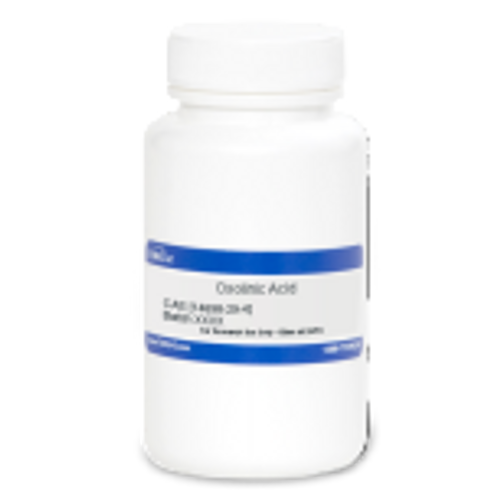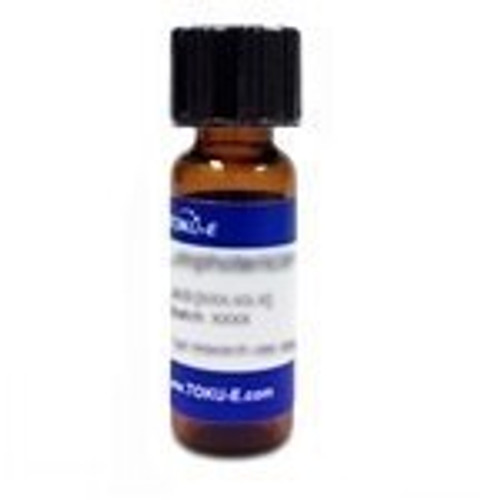Oxolinic acid is a synthetic quinolone antibiotic. It is insoluble in water and soluble in dilute alkali solutions.
| Mechanism of Action | Fluoroquinolone antibiotics target bacterial DNA gyrase, an enzyme which reduces DNA strain during replication. Because DNA gyrase is required during DNA replication, subsequent DNA synthesis and ultimately cell division is inhibited. |
| Spectrum | Oxolinic acid targets gram-negative bacteria, especially those which cause urinary tract infections. |
| Impurity Profile | LD50 in mice, rats (mg/kg): >6000, >2000 orally (Turner). |
| Microbiology Applications | Oxolinic acid is commonly used in clinical in vitro microbiological antimicrobial susceptibility tests (panels, discs, and MIC strips) against gram negative microbial isolates. Medical microbiologists use AST results to recommend antibiotic treatment options for infected patients. Representative MIC values include:
Media SupplementsOxolinic acid can be used as a selective agent in several types of isolation media: Columbia Blood Agar - Streptococcus Selective Supplement (COBA) |
| Plant Biology Applications | Oxolinic acid has proven to be effective against the seed-borne pathogen Burkholderia glumae which causes grain rot, sheath rot, seedling rot, and bacterial panicle blight. In an experiment performed by Ham et al., oxolinic acid was applied to plants infected by Burkholderia glumae. In the group treated with oxolinic acid, 97% of the plants were successfully treated in contrast to the 8% which survived the untreated control group. |
| References | Wolfson, John S., and David C. Hooper. "The Fluoroquinolones: Structures, Mechanisms of Action and Resistance, and Spectra of Activity in Vitro." American Society for Microbiology 4th ser. 28 (1985): 581-86. Ham J.H., Melanson M.R.A. and Rush M.C., 2011, Burkholderia glumae: next major pathogen of rice? Molecular Plant Pathology (2011) 12(4), 329–339 |
| MIC | Aeromonas hydrophila| 0.06 - >32|| Aeromonas salmonicida subsp. salmonicida| 0.004 - 0.06|| Clavibacter michiganensis subsp. michiganensis| 6|| Escherichia coli| 0.06 - 0.25|| Vibrio harveyi| 0.2|| |








